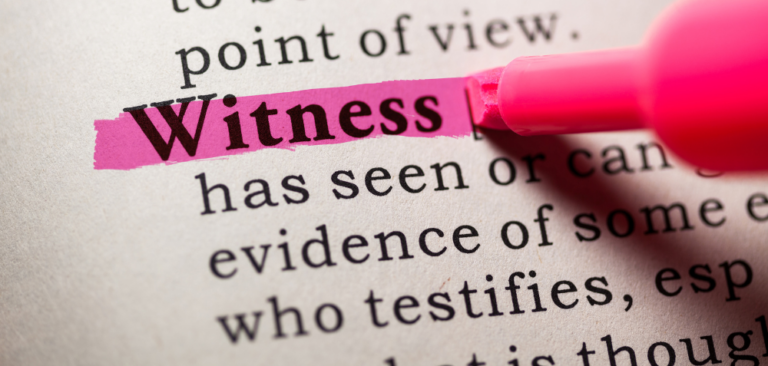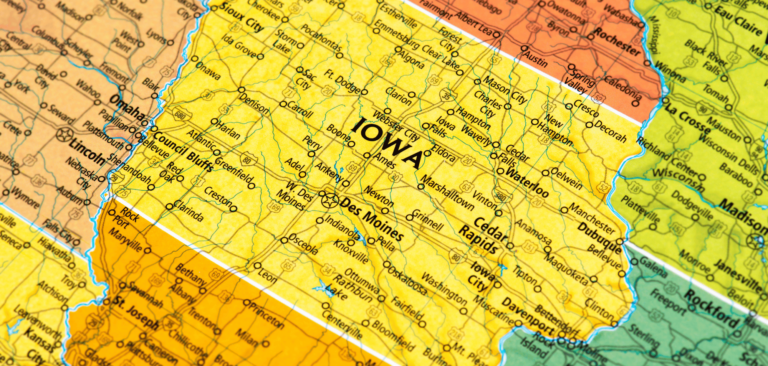
e-Recording and Advanced OCR
Interview with San Diego Chief Deputy Recorder, Val Wood
With more than two decades in the field, Val has public and private sector experience in recording, records management and information technology. She is the Chief Deputy Recorder/Clerk for the San Diego County Assessor Recorder County Clerk (ARCC).
Extract: Congratulations on the successful implementation of your new recording system, Acclaim. After several years of planning and preparation, San Diego County recently went live with its new recording system, Acclaim. What are the biggest improvements or advantages in using this new technology versus your previous system?
Val Wood: The biggest improvement is integration – all recording functions are now integrated into one system. Additionally, our new system allows for eRecording, which is a significant advantage.
Extract: Is there anything you learned along the way during pre-implementation that was a surprise or proved to be particularly valuable as you went live?
Val Wood: Our office chose a non-traditional way of training that we found very valuable. Instead of training in a classroom, our staff started attending monthly or semi-monthly Saturday trainings in 2012. They used the system extensively during that time. In total, we had 40 training days; four of which were full parallel days, while the rest were four hours long. This was one of the best decisions because it did not take away from day-to-day production, and the staff could train in a relaxed environment without customer or phone interruptions.
We also identified early on that we would be transitioning to a system with different but very closely integrated processes. We needed flexible and cross-trained staff, so we began cross-training in 2013. This change significantly and positively impacted our staff and our ability to change processes when identifying bottlenecks.
Extract: What have been the biggest challenges of implementing the new system?
Val Wood: Prior to going live, we had three separate systems with three independent processes, which resulted in silos. Once we went live, our staff became dependent on each other to efficiently work within one system. The increased flexibility with a multi-skilled staff was essential and made the changes much easier to implement.
Another challenge was changing our work processes from scan-last to scan-first. Scanning the documents first has benefits, especially when we began eRecording. However, one downside our customers experienced was a delay in the timing of their confirmations. Communicating and educating our customers has been critical. Changing work processes in general involved some trial-and-error – some changes worked well, some did not. Communication to the staff and to our customers before and during the changes became paramount.
Extract: San Diego County launched eRecording in 2015. Were there synergies in defining and planning the new recording system and e-Recording at the same time?
Val Wood: Yes. The decision to purchase a scan-first recording system was driven by the knowledge that we would implement eRecording soon after go-live with our new recording system. We anticipated a smoother transition with minimal adjustments because the recording process would use the same user interface and work process. It would be visually familiar to the staff so we expected little to no adjustment period.
Extract: Once eRecording is live, would there be value in an OCR and Indexing Tool that submitters could use to properly index fields to conform to the county’s indexing standards?
Val Wood: San Diego County began e-Recording on April 8, 2015, as a pilot. We do not require submitters to provide index information.
Extract: Once e-Recording is live, do you see value in an OCR and Redaction tool for submitters so they could protect SSNs and other private information when e-filing?
Val Wood: The laws of the State of California require that submitters provide documents without full SSNs.
Extract: Is a national land records database possible? With so many disparate recording systems out there, is this an insurmountable challenge or do you believe a champion will come along and make it happen?
Val Wood: This has been an ongoing discussion for as long as I have worked in this field. Given the advancements in technology, I do not believe anything is impossible. There are, however, many hurdles and challenges. In my opinion, a national land records database will not happen anytime soon, nor would it be a smooth transition. One of the biggest challenges is the ways in which we -index – it varies even among the counties in one state.
Extract: San Diego is such an amazing city and the surrounding area is beautiful. I had the privilege of living there for several years so I know personally what an amazing place it is for biking, running, kayaking, etc. However, you also lived in Seattle, another area renowned for its outdoor lifestyle. What are you favorite activities in San Diego and do you miss Seattle?
Val Wood: I was born and raised in Washington State, and I will always consider it my home. I worked in Seattle for many years, and my husband and I still own a home in Olympia, but what I miss most are our family and friends. We travel back often to see them, and we even host our Washington friends in San Diego when they come to visit.
I describe San Diego to my friends as a place that was built for outdoor activity. The constantly beautiful weather and recreational provisions make it difficult not to be physically active. It is easy to find a place to walk or ride in every community I have visited – there are trails everywhere. My walking has increased since moving here, and I have given up using the treadmill in “bad weather”, as the worst weather here is equivalent to a mild day in Washington and nothing a little Gore-Tex can’t fend off.


